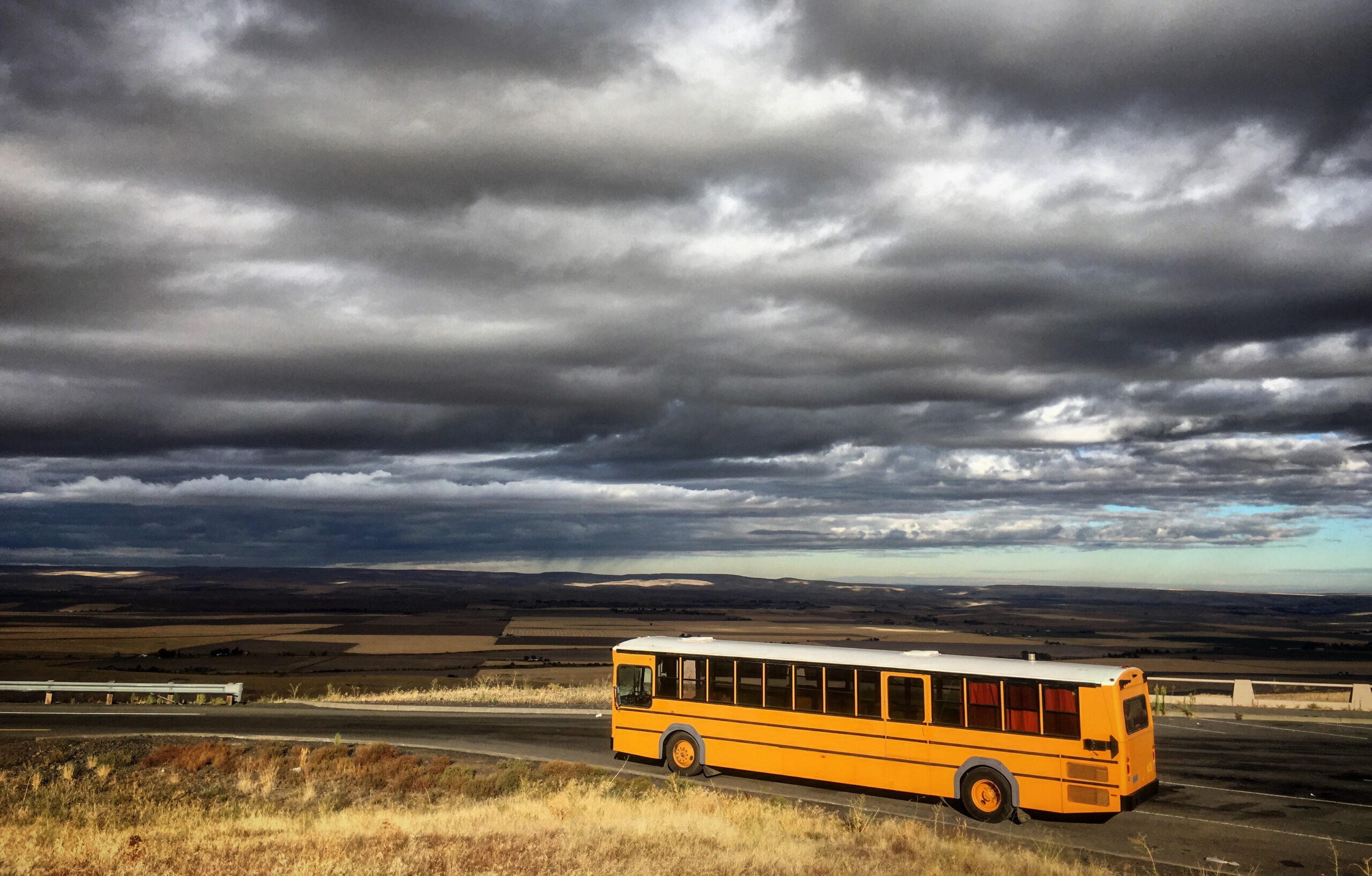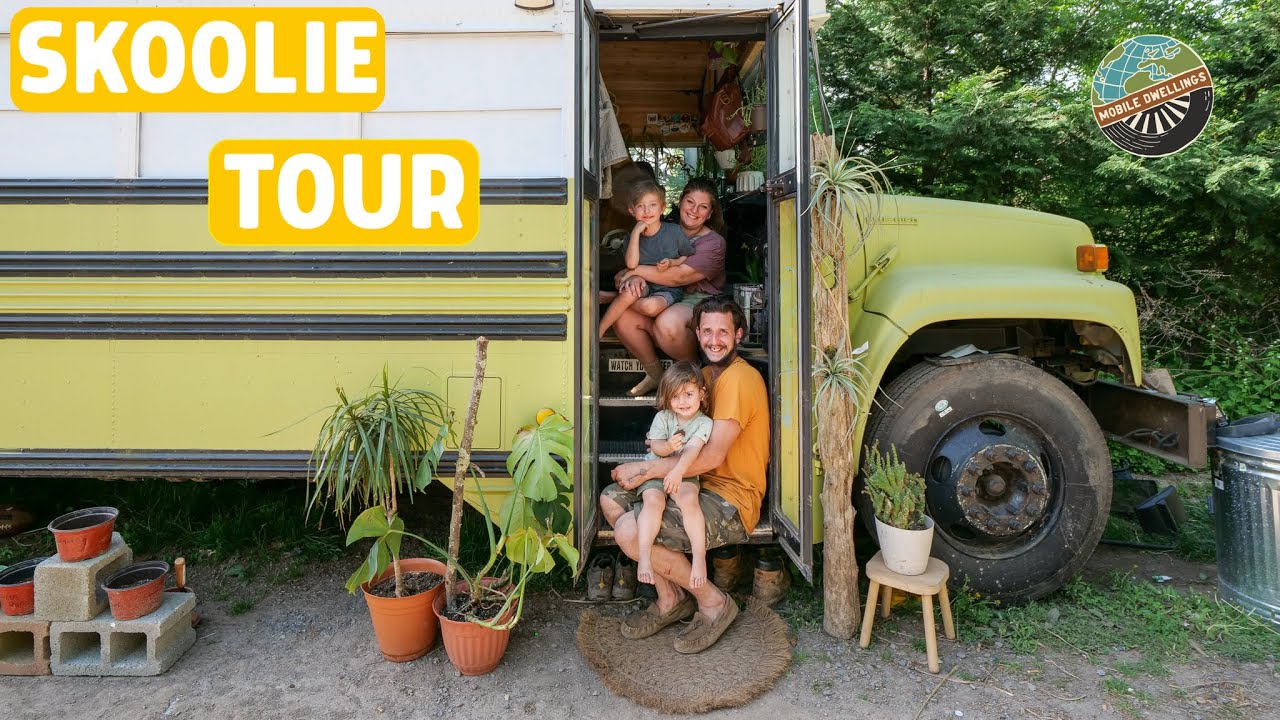With the need for social distancing, shopping for a new RV has become a little trickier over the last few months. However, it’s a good thing that so many RV dealers, private sellers, and manufacturers are now offering online tours. In fact, they are upping their game with 360-degree views, high-quality video tours, drone footage, and interactive walkthrough tours.
For example, check out the wonderful video introduction by Alexandria Camping Centre in Canada. They are focusing their videos as custom tours for each customer. Their walkthroughs have high-quality video production and show great detail of some beautiful rigs, all while being closed for safety purposes.
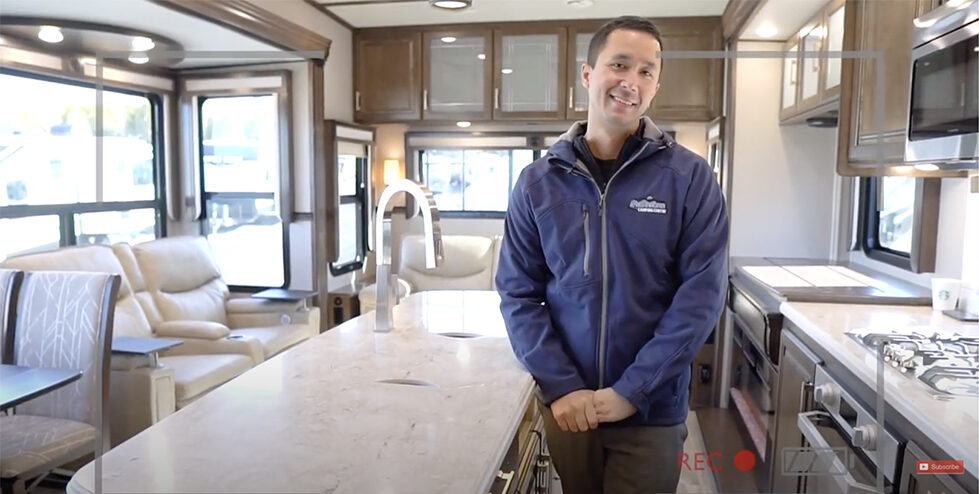
Another good example of some excellent video tours are the ones created by Traveling Robert. He films tours of many types of rigs at various RV shows and discusses many of the small details. Do It Yourself RV has featured Robert and his video tips in a previous post.
Now that online shopping is one of the most important ways to shop for anything, it’s also important to get as much as you can out of an RV online tour. If you are in the market for a new or used RV, contacting the dealer or the current owner for a video or high-quality photo tour is necessary. Here are a few things to look for during one of these virtual tours.
1. Is the video absolutely thorough?
If you are going to be purchasing an RV using online information, you will want to have the most complete tour as possible. Make sure the video or online tour you are watching goes into every location of the rig.
This includes views of inside the cabinets and closets, shots of the under storage compartments, and footage of the underbelly and roof. You will also want to see under all the sinks, any plumbing and electrical components, and underneath all the seating and bedding.
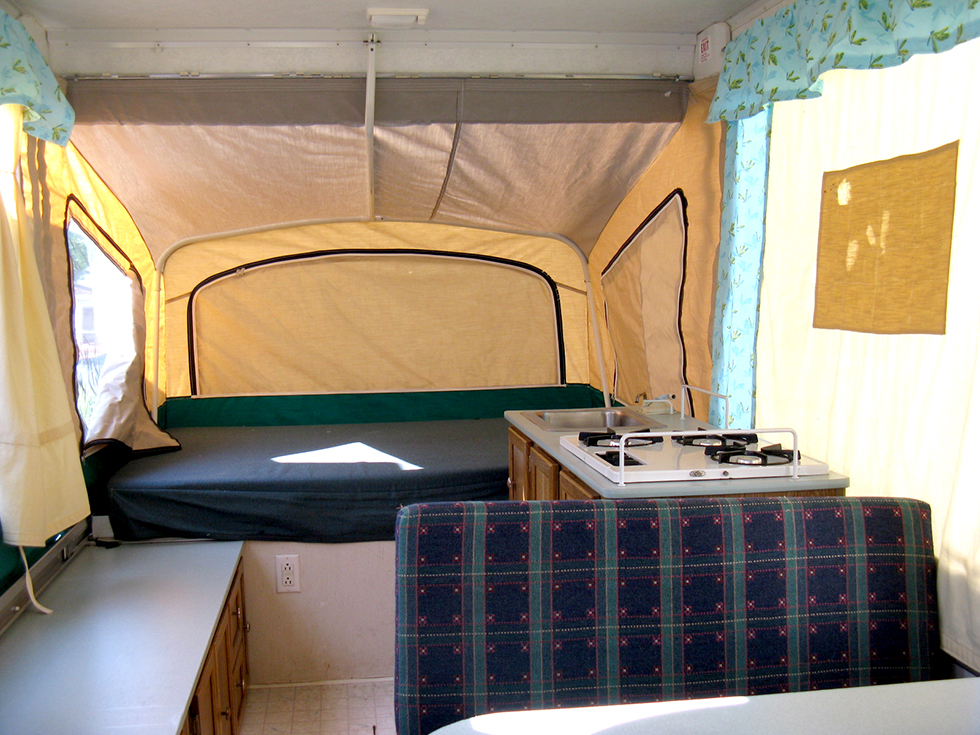
During these tours, you will want to look out for any rot or damage, unusable areas, potential trouble spots, or spaces that need a makeover.
2. Get a separate engine tour
If you are buying a motorized Class A, B, or C RV or a van or other conversion, make sure the dealer or owner does a separate full tour of the engine.
It may be difficult to get a complete view of what exactly is going on under the hood, but this is your chance to see any major wear and tear on belts or battery connectors. It’s a good indicator of how well the camper has been taken care of.
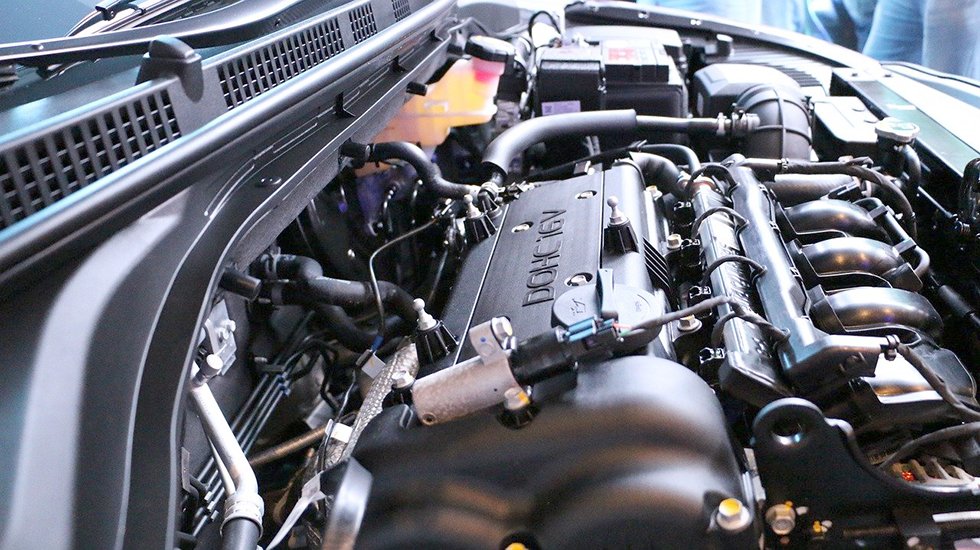
In addition, make sure that the video tour includes footage of the engine running as well as the dealer pushing on the gas and brakes. Any additional footage should show the engine dashboard with its mileage, indicators, and complete setup.
3. Seek out the systems
What makes an RV online tour different from a tour of a regular vehicle is its more robust systems. This includes electrical, plumbing, solar, and waste systems. Each video or photo tour should also demonstrate how each of the systems work.
There should be an introduction to the control panel and indicators that show water levels, battery, and propane levels. The video should show a flowing faucet, a flushing toilet, a running refrigerator, and tests of the A/C and heating units.
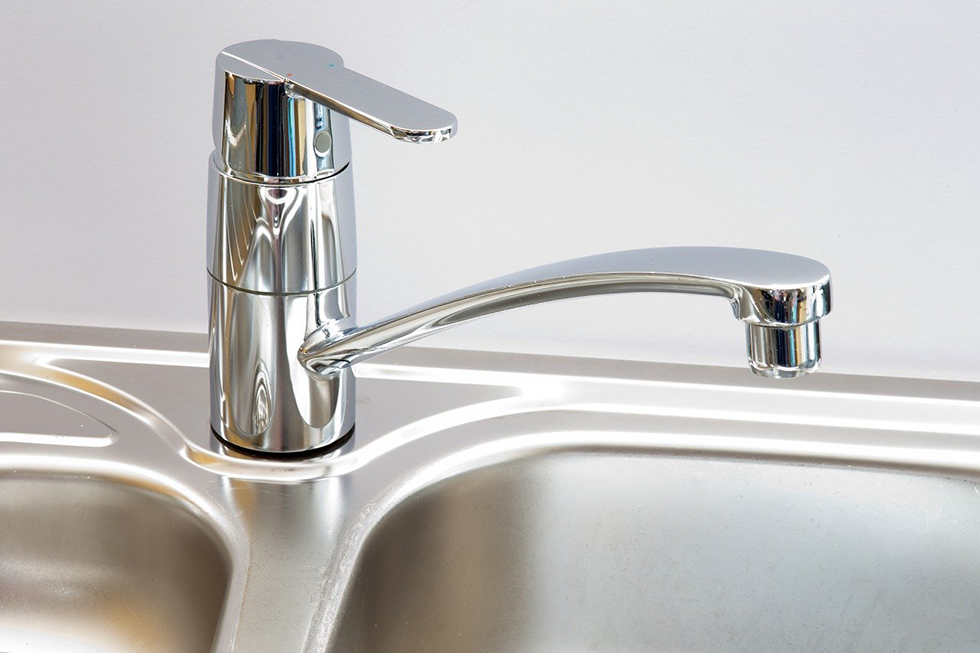
If the RV has solar panels, there should be a tour of each component including the battery bank, inverter, and all connectors. The solar control panel should also be shown while the vehicle is in the sun and hopefully gathering power.
4. Get the lay of the layout
One way to get a better idea of the layout and space of an RV is to fill it with people. A helpful video tour should show people of various sizes and heights using the space.
Having models using the kitchen appliances can show ceiling and countertop height. Seeing people lying down in the bed, bunks, and couches can show size and ease of accessibility. Look for or request footage of people stepping out of doors, opening windows, sitting in the cockpit, and utilizing utility areas. There should also be footage of someone towing the trailer or driving the Class B.
5. Ask your questions via video
If a manufacturer, dealer, or seller is doing a good job with their tours, they will also make themselves available quickly for any questions. These days, the questions should be asked over the web as well.
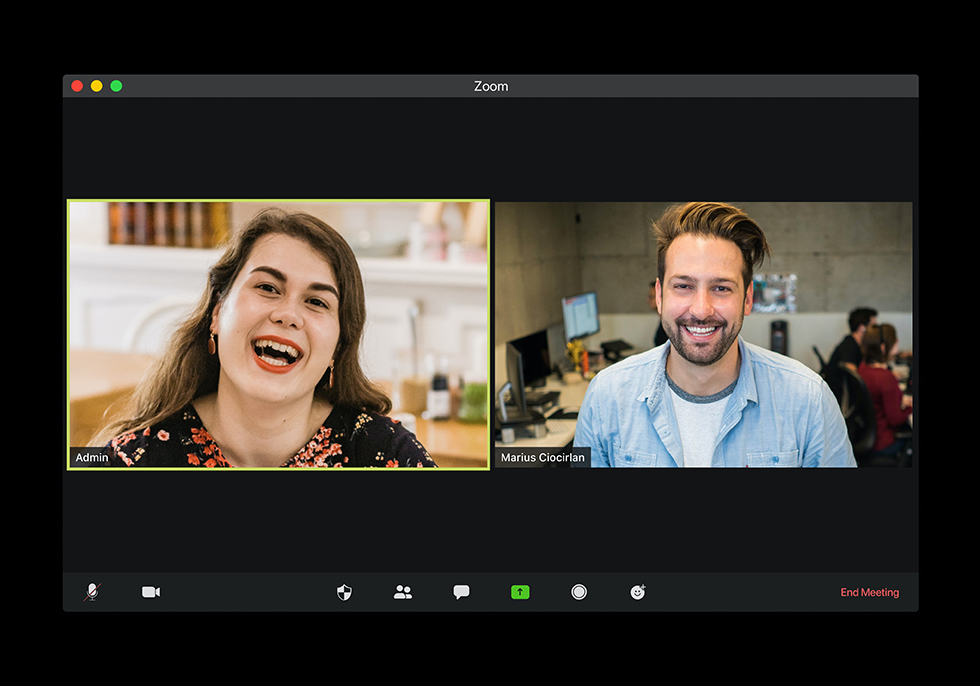
Make sure the seller can use conference or chat software such as Zoom, Google Hangouts, or FaceTime. In addition, make sure you have your questions ready for them. The seller should also have the ability to give another detailed video of a particular part of the RV or a particular concern you may have.

